Since the sixth generation or so, very few new releases have managed to break new grounds in terms of ideas and concepts, usually just playing around with the traditional game genres and mixing them at different proportions. This proves even truer in high-budget AAA titles, a realm where risks are often minimized and new ideas pushed aside in favor of perfecting what is already known to targeted players.
Demon’s Souls, originally released for the PlayStation 3 back in 2009, was one of the low-budget anomalies. It delivered a game unlike anything else in the market: a gritty, arcade-like, brutal, and sensible experience that made use of the high technological quality to provide the atmosphere needed for the idea to work. It was a timid success on its own, but it pushed developer FromSoftware to follow with what was invented in there, thus creating the Soulsborne subgenre and lifting the original Demon’s Souls to the level of a classic.
It’s just fair that one of the release titles for the monstrous PlayStation 5 is the remake of such an impactful game. In these past years, however, FromSoftware rose from the timid developer it was in 2009 to one of the most prolific of the past generations, releasing a Dark Souls trilogy and the highly acclaimed Bloodborne and Sekiro since then. The Demon’s Souls Remake was not just a matter of reliving the classic, but putting it at the same AAA quality that later Souls games enjoyed. This task was given to Bluepoint, the same guys responsible for many remasters and remakes for Sony, their most prominent work being the Shadow of Colossus remake.
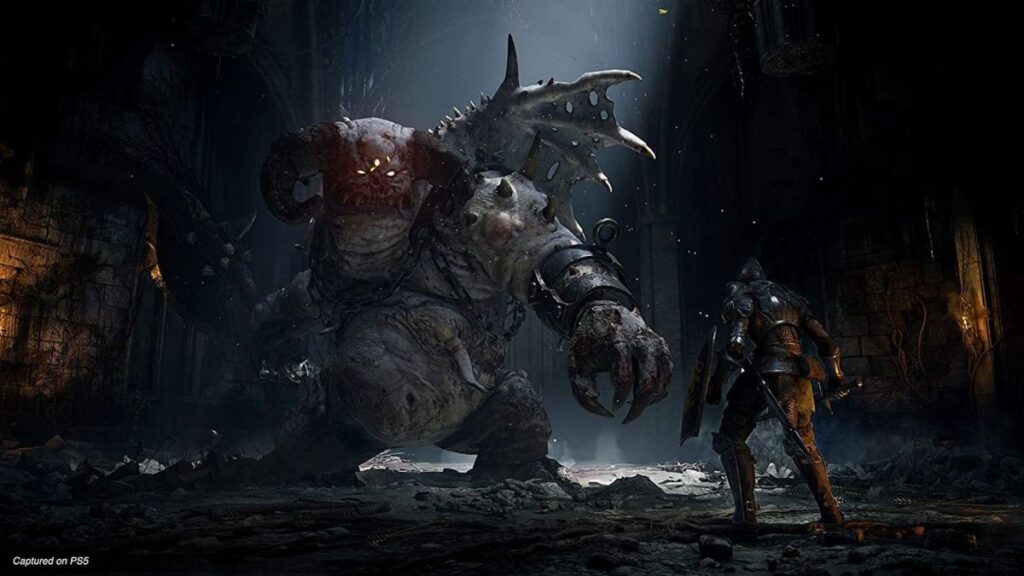
Why it became a classic
Understanding Demon’s Souls means understanding how the original game created an entire subgenre that was copied to exhaustion in the years to follow. The basic idea is simple: Demon’s Souls is an arcade game with the husk of modern technology. You need only to recall some old-school metroidvanias to understand the core formula here: You walk through a level, defeat enemies, and fight and a boss at the end, but if you die you need to retrace the steps from the beginning.
Yes, it’s the same formula from most bullet-hells and metroidvanias of the past. No checkpoints, no saving, no nothing. Old-school video game at heart. The difference, and a BIG difference, is the fact that Demon’s Souls transport this formula to a fully modern video game, with real-time action combat, complex and cunning map designs, challenging bosses with a multitude of attacks, and an integrated online component.
It’s easy to understand why people received the game well if you look at that. People do enjoy the old-school formula. It’s not as popular as other more user-friendly genres and ideas, but it has a fervent fanbase that revels in a decent challenge. Most of those players, however, are retro-lovers, usually having their fun with traditional metroidvanias, rogue-likes, and classics from the past. When FromSoftware gave people a way to experience something similar but using high technology, people simply approved.
It’s more though
Demon’s Souls, however, had its tweaks made to the formula. It was an RPG, for starters, offering character creation, classes, spells, dozens of armors and weapons, shields, a leveling system, equipment upgrades, and so on. It also offered a gritty and solid background to the experience, which proved fundamental to make the subgenre stick.
The world of Demon’s Souls is dreadful and hopeless, you walk alone as you play the game, shield up to defend against surprise attacks, deadly traps, and powerful foes. It’s challenging for newcomers not because it is an unforgiving game, but because its atmosphere makes you feel as if danger is around every corner. This works to create tension, to make you slowly progress through each level as you learn where enemies are. You will die though, and after dying you make your way back through the area with your new knowledge to avoid surprises and further failures.
Demon’s Souls is also a technically incredible game. The combat not simply works, it’s incredible. It’s simple idea of mapping left hand and right hand attacks and blocks to shoulder buttons was rarely seen before. You raise your shield with one click, attack with the other, and use face buttons to dodge, use items, and interact with the world. The combat mixes a slow and steady employment of blocking, rolling away from danger, and parrying enemies’ attacks before unleashing your own. Your own attacks, however, can leave you wide open to enemies, which could be deadly even when facing random skeletons and soldiers.
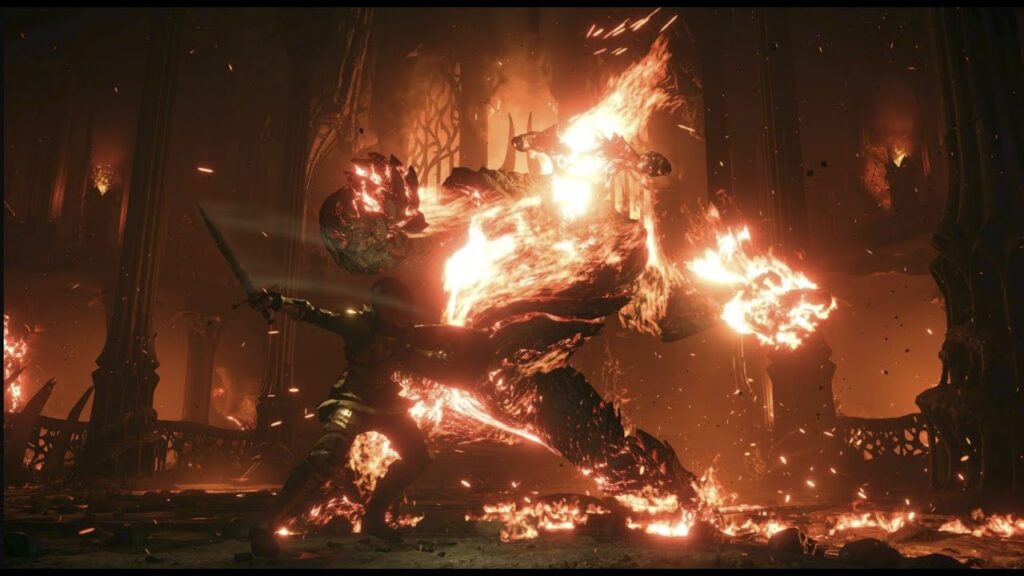
The Remake
FromSoftware’s original game worked, but it was crude, rough around the edges. It was limited by the capabilities of the PlayStation 3 and the raw knowledge of the team by then. It’s common knowledge that developing for the PlayStation 3 was rough, and the original Demon’s Souls show it.
Bluepoint’s work in the remake is simply fantastic.
The game plays smoothly, making combat even better. Every swing of your weapon has even more weight than before, properly transmitted to you through a multitude of feedback channels: there are sound cues of your every move, of your armor, of the impact when hitting foes, objects, and walls and floor; there is visual glory with every swing, with particles flying away, new motion capture, flinging enemies, lightning effects, and interactive scenario. It’s Soulsborne combat at its best, while at the same time at its purest form.
The ambience is also vastly improved. The maps offer the same design, same item placement, same enemies and challenges, but it’s immensely more detailed, with much more clutter in rooms, volume to stones and walls, new objects, more lightning sources, more sound cues. It’s a remake that picks the intention of the original game and delivers what it was not capable of doing a decade ago. The PlayStation 5 allows Demon’s Souls to rise in glory through a visceral visual and audio experience. As you walk the dark corridors of Boletaria, you can hear distant sounds, you can see fog and fire filling the air, hear your foes as they approach you from behind. It’s an incredible technical achievement that elevates the game. If the original Demon’s Souls became a cult classic with its rough development, this time around we have the masterpiece version of it.
As you probe deep into the game, the quality keeps on surprising you. The fight against Flamelurker and the sparkling fiery particles floating through the air, the wind sweeping through the Shrine of Storms, the darkness and hidden enemies of the Depraved Valley, it’s all there.
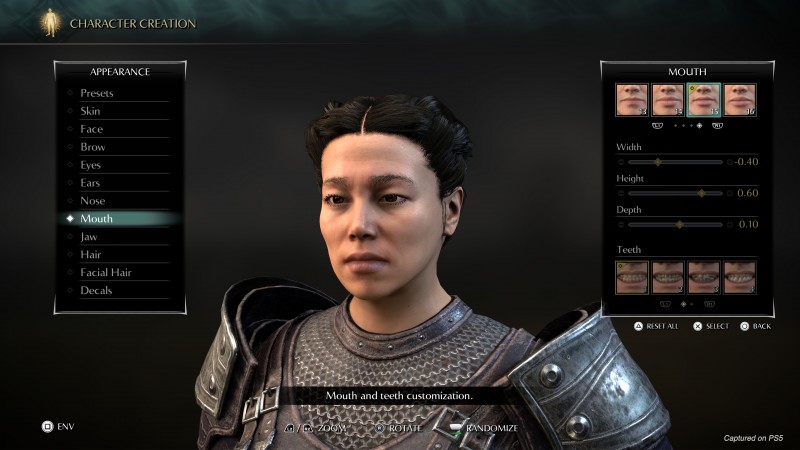
It doesn’t correct past mistakes though
Demon’s Souls Remake is faithful to the original to a fault. There are some welcome quality of life improvements, such as the ability to send items to storage from anywhere, and a few new items and secrets to discover, but many of the game’s weaknesses are also preserved.
For starters, the game’s incredible melee combat seems to be much of the focus of the original’s idea. Ranged combat, in general, is too simple and crude, as if the original developers had just shoehorned some spells and ranged weapons for the sake of diversity. It does work, but it feels much less intricate and balanced when compared to the brutal and intense melee combat. This can be tested with the simple fact that playing as a mage usually makes the game a LOT easier and that archers are basically stuck with a single attack move for the entire game.
In general, the game itself feels balanced only for melee combat. Many exploits are known when playing ranged characters, with clunk AIs behaving stupidly when facing your spellcaster or sniper. There is still a challenge though, mainly because the game’s level design forces you to walk through tight corridors, rooms, and bridges, avoiding the range advantage to play in favor at every turn.
It’s online also
The original Demon’s Souls may have earned its cult-classic status through its gritty gameplay and thousands of deaths, but many of the more assiduous fans stayed because of the online components of the game. Basically, Demon’s Souls allows three forms of multiplayer: passive, PvP, and co-op.
The passive aspect of the multiplayer lies in the form of seeing ghosts of other players walking around, showcasing their last moments before a sudden death. This works to give you hints of incoming traps and enemies. If you see a ghost walking around the corner and backing away only to fall dead, you know that something is waiting for you as well. This passive component also offers the ability to leave notes on the ground for other people to see, alerting for danger, loot, secret paths, and so on. It’s an interesting way to make the lonely adventure feel more social, although still preserving the single-player component.
The PvP aspect allows you to invade someone else’s game and attack them. This is possible if you are in your “Soul Form” (which you gain after you die in “Body Form” once). If you defeat the host of the game, you regain your body and return to your world victorious. These invasions play as if you become part of the enemy forces, although much more intelligent and capable of moving around the map and setting an ambush against the host. There is also the possibility of multiple players invading someone else’s game at the same time, thus creating a deadly experience for the host.
However, as there is PvP, there is also co-op. You can opt to aid another player instead of invading their game and killing them. If you do that, Demon’s Souls become a solid co-op experience where you and the host travel through the map and kill the boss. There is also a possibility to combine co-op and PvP aspects, with multiple invaders and allies joining a single game and fighting amongst themselves.
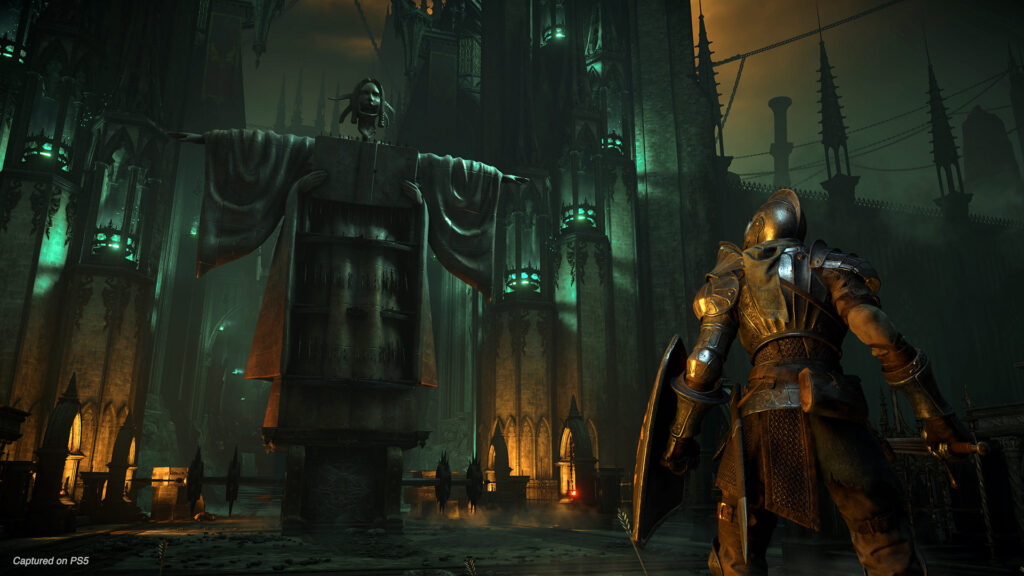
The easiest and the hardest of the Souls games
If you ask around some Soulsborne veterans, chances are that they will tell you Demon’s Souls is the easiest game from FromSoftware. That is true, but also it is not. Let me explain why.
Demon’s Souls does offer the easiest challenge when compared to other Souls games. Its enemies are dumb, there are ways to easily beat almost every boss in the game without any form of danger, and the game is incredibly short. All those aspects, however, only apply if you know the game. If you don’t know the game… well, this could be the most frustrating experience of your lifetime.
The reason for that is the multitude of systems playing in the background, which the game never bothers to inform you. If you die in a map while in body form, for example, the enemies in that map grow stronger and stronger. The World Tendency and Character Tendency stuff can transform a smooth ride into a nightmare for those who do not pay attention. The game also never bothers to explain its stats and where they go, and as you play the game allocating points without planning, you may end up with a build that is ineffective in certain areas, making some maps deadly challenges and never allowing you to respec.
Also, if you jump into a New Game Plus, the increase in enemies’ stats is so high that, if your build had the slight error, you will likely watch yourself getting one-shot at every turn. It’s the biggest difficulty jump in a New Game Plus amongst the Soulsborne games, and that is also never mentioned to you.
The formula is not for everyone though
As I mentioned, Demon’s Souls formula is that of an old-school arcade game. It revels in frustrating you, especially when you get to the boss fights. If you die against an enemy, you need to retrace your steps. This works fine as you learn the map and explore, but once you get to the boss and only need to beat him, dying and having to retrace your steps can start to get tedious and frustrating.
Many fans of the subgenre claim this is part of “learning how to play”, but in reality it is only dated video game design. The boss fights in Demon’s Souls are amazing, many bosses are big brutes with heavy attacks, you need to dodge like crazy and learn how to beat them while trying to stay alive. You will probably die once or twice against bosses in your first run, and after those deaths you will learn that you may have to walk again through a long corridor, lure some dangerous enemies in the path to kill them one by one, and find some way to avoid other foes once again. It’s a shore more than a challenge, and those few minutes you have to re-do content you already beat and know how to do can get frustrating.
Playing the game again made me realize that, if you could jump straight to the boss fights, they would be exciting combats to be replayed again and again. However, it gets to a moment that you grow tired of repeating the same steps every time you get your ass kicked while trying some new way to fight the boss. It’s a game that somehow punishes experiments and will slowly force you to look for the easiest way out, which is a shame because the game is simply superb.
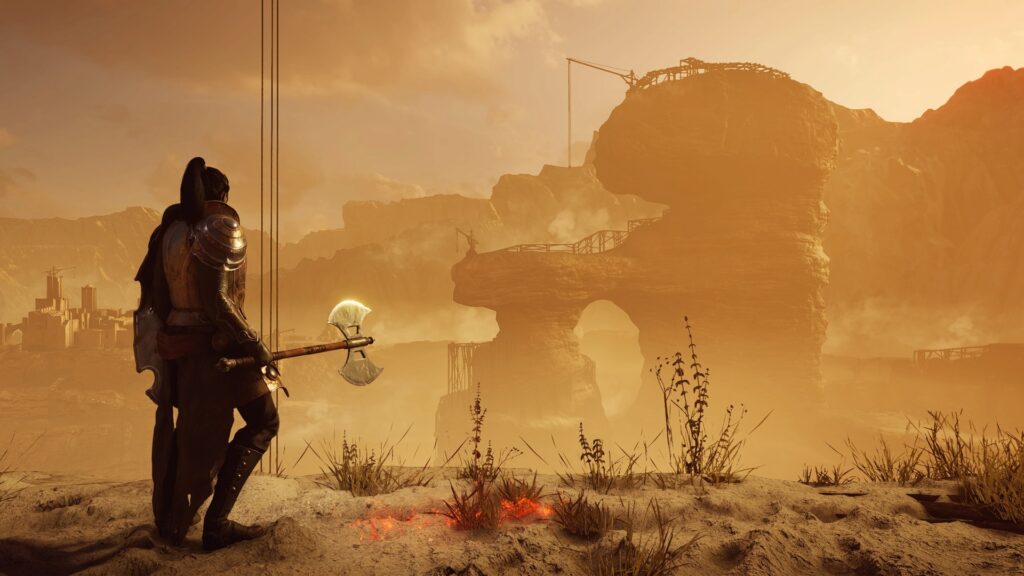
Anyway, Demon’s Souls Remake is an incredible game. It pays its respects by being faithful to original, yet it also feels fresh and new with the absurd quality of everything that was done. The graphics, the sound direction, the sparkling effects, the weight of your weapon and your attacks, the sense of danger, it’s all masterful, exceeding every previous Souls game by a mile in those regards. If we can see new Souls games using such technology in the future and applying quality of life updates and modern game design… damn, these games will certainly sit amongst the best of the new generation, for sure.
Detailed Scores
-
Production
-
Content
-
Polish
-
Concept
-
Fun
